Development Prospect and Market Demand of RDF Rod Making Machine
1). Market demand
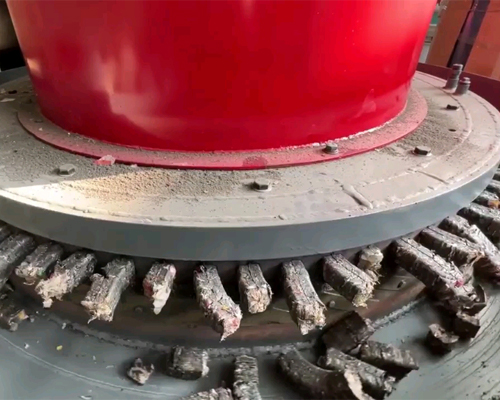
1. Energy transformation demand: With the growing global demand for clean energy and the reduction of dependence on traditional fossil energy, RDF rod making machine, as a low-carbon and environmentally friendly energy form, conforms to the trend of energy structure transformation. It can convert waste such as urban domestic waste into usable energy, and has a broad application space in the field of waste treatment, and the market demand is on the rise.
2. Wide application in the industrial field: RDF fuel rods can be supplied to many industrial fields such as power plants and cement kilns to form a stable energy supply chain. For example, in the cement industry, with the increasing demand for alternative fuels, RDF fuel rods, as a suitable alternative fuel, can help cement companies reduce their dependence on traditional fossil fuels, and also help achieve environmental protection goals, which will increase the demand for RDF rod making machines by related companies accordingly.
3. Policy support and promotion: In order to promote the development of environmental protection industry, reduce landfill volume and reduce carbon emissions, governments of various countries have introduced relevant policies to support the resource utilization of waste and the development of clean energy. These policies provide strong policy guarantees for the market promotion and application of RDF rod making machines. For example, tax incentives and subsidies may be given to production enterprises, thereby stimulating the market demand for RDF rod making machines.
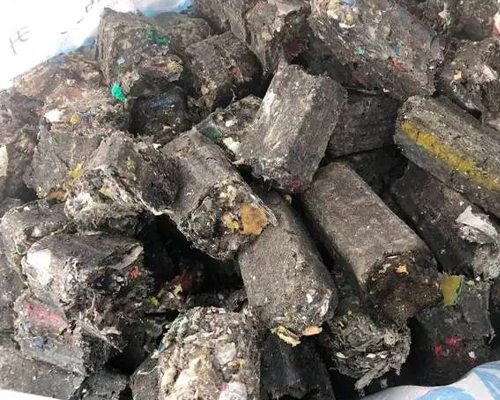
2) Technological development
1. Improvement of automation and intelligence: With the continuous advancement of science and technology, RDF rod making machines will increasingly incorporate automation and intelligent technologies. For example, automated feeding, crushing, and molding processes can improve production efficiency, reduce labor costs, and reduce the impact of human factors on product quality. Intelligent control systems can monitor and adjust various parameters in the production process in real time to ensure the stable operation of the equipment and the consistency of product quality.
2. Improvement of energy-saving and environmental protection technologies: In the context of increasingly stringent environmental protection requirements, RDF rod making machine manufacturers will continue to develop and apply energy-saving and environmental protection technologies. On the one hand, by optimizing the design and process of the equipment, the energy consumption during the operation of the equipment can be reduced; on the other hand, the emission of pollutants in the production process, such as dust and exhaust gas, can be reduced, so that the RDF rod making machine can meet production needs while meeting environmental protection standards.
3. Product quality and performance optimization: R&D personnel will focus on improving the quality and performance of fuel rods produced by RDF rod making machines, such as increasing the density of fuel rods, increasing calorific value, reducing moisture content, etc., so as to enhance the competitiveness of RDF fuel rods in the energy market and further promote the development of RDF rod making machines.
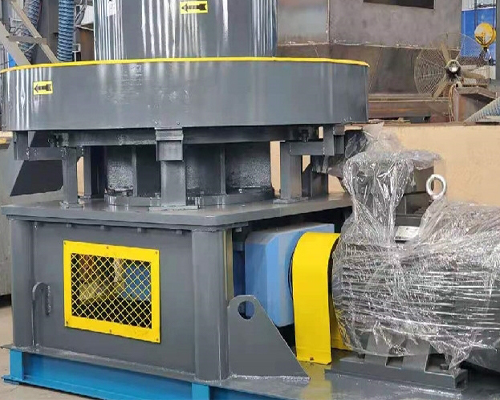
3). Industry competition and development opportunities
1. Formation of industrial clusters: In some regions, clusters of RDF rod making machines and related industries may be formed. Industrial clusters can achieve resource sharing, complementary advantages, reduce the production costs and operating risks of enterprises, and improve the competitiveness of the entire industry. For example, enterprises can share technological research and development results, jointly purchase raw materials, and jointly carry out market promotion, etc., to promote the overall development of the RDF rod making machine industry.
2. International market expansion: With the global attention to environmental protection and energy issues, many developing countries are also increasing their investment in waste treatment and clean energy development, which provides a broad international market space for RDF rod making machine companies. RDF rod making machine companies with technical and cost advantages can actively expand their international business, export products to other countries and regions, participate in international competition, and enhance the international influence and market share of enterprises.
3. Extension of the industrial chain: RDF rod making machine enterprises can achieve diversified development by extending the industrial chain upstream and downstream. For example, upstream extension can involve the recycling and processing of raw materials to ensure the stable supply and quality of raw materials; downstream extension can carry out sales, distribution and related technical services of RDF fuel rods, and increase the added value and profit source of enterprises.
4). Challenges faced
1. Stability of raw material supply and quality control: The raw materials of RDF rod making machines mainly come from urban domestic waste, stale waste and sludge and other wastes. The supply of raw materials may be affected by factors such as season, region, and implementation of garbage classification policies, and there is a problem of unstable supply. At the same time, wastes from different sources vary greatly in composition, humidity, impurity content, etc., requiring strict quality control and pretreatment processes to ensure the stable quality of the produced RDF fuel rods.
2. Balance between product cost and economic benefits: Although the raw material cost of RDF fuel rods is relatively low, the equipment investment, operation and maintenance costs of RDF rod making machines, and environmental protection costs during waste treatment may be high. How to reduce production costs and improve economic benefits while ensuring product quality and environmental protection requirements is a problem that companies need to solve.
3. Public awareness and acceptance: Although RDF fuel rods have many advantages in environmental protection and energy utilization, some members of the public may have doubts about their safety, reliability, and whether harmful substances will be produced after combustion. This may affect the market promotion and application of RDF fuel rods, and thus hinder the development of RDF rod making machines.
5). Model
Model | Power(KW) | Capacity(T/H) | Mold quantity | Roll quantity | Over dimension(MM) |
9JK-2600 | 75 | 1-2 | 52 | 2 | 2647*2100*1900 |
9JK-3500 | 110 | 2-3 | 72 | 2 | 3250*2600*2000 |
9JK-4500 | 132 | 3-4 | 88 | 2 | 3350*2800*2200 |
9JK-5000 | 160 | 4-5 | 100 | 2 | 3000*2300*2000 |
9JK-5500 | 160 | 4-5 | 102 | 2 | 3000*2400*2000 |
9JK-6500 | 200 | 4-5 | 120 | 3 | 4400*2970*2495 |
-
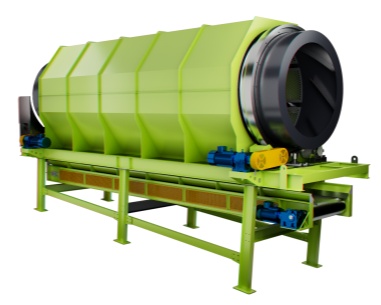 Trommel screenTrommel screen, also known as drum screens, are widely used in various industries for sorting and separating materials.Get Quote
Trommel screenTrommel screen, also known as drum screens, are widely used in various industries for sorting and separating materials.Get Quote -
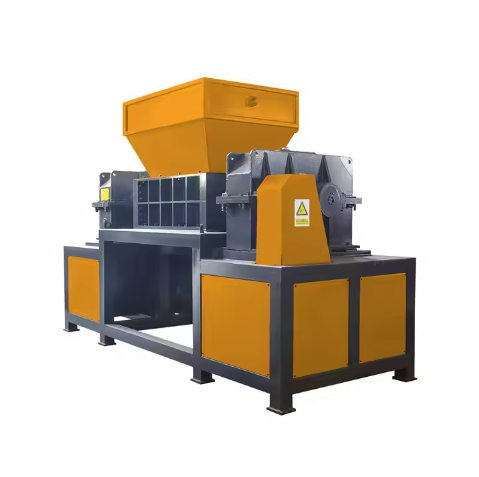 Crop straw double shaft shreddApplications:Biomass Energy Production: Shredded straw can be used as a feedstock for bioenergy plants to produce electricity or heat.Livestock Feed: Reduced-si...Get Quote
Crop straw double shaft shreddApplications:Biomass Energy Production: Shredded straw can be used as a feedstock for bioenergy plants to produce electricity or heat.Livestock Feed: Reduced-si...Get Quote -
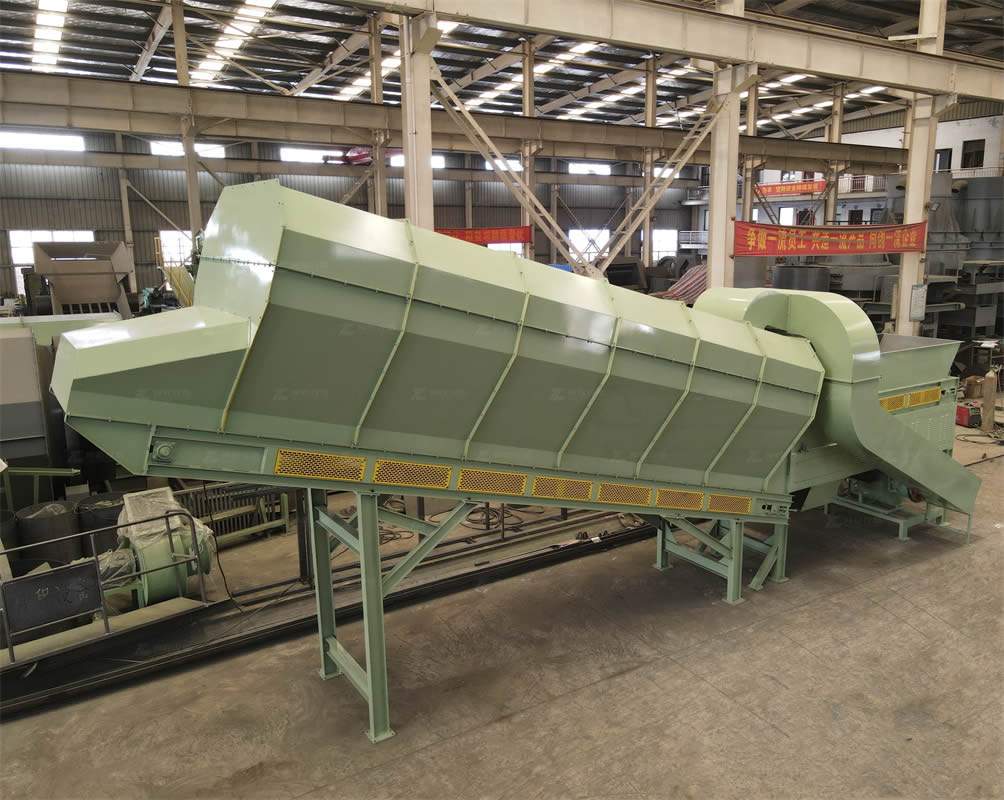 Zhongcheng Air Drum SeparatorAir drum separators effectively separate lightweight materials (e.g., plastics, paper) from heavier materials (e.g., metals, glass). This high efficiency is cru...Get Quote
Zhongcheng Air Drum SeparatorAir drum separators effectively separate lightweight materials (e.g., plastics, paper) from heavier materials (e.g., metals, glass). This high efficiency is cru...Get Quote
-
2025-04-21Compact Copper Cable Granulator MachineThe compact copper cable granulator machine is a device used to recycle waste wires and cables. It separates the copper wire from the plastic sheath by crushing...
-
2023-01-12WindshifterWindshifter (Air Drum Separator ) is the ideal solution for separating all kind of waste types into two fractions, heavy and light. The robust construction and ...
-
2024-04-13Wobbler FeederWobbler feeder is a type of feeding equipment that uses rotating elliptical bars, known as wobblers, to separate materials based on size and type before they re...
-
2023-01-12Apron FeedersApron Feeder is a conveyor manufactured from steel plates driven by steel chains wearing on steel surfaces. They are a robust design manufactured for durability...
-
2023-01-12Disc ScreenDisc screen, also known as a disc scalping screen, is a mechanical device used to separate materials based on size. It is commonly used in industries such as wa...



